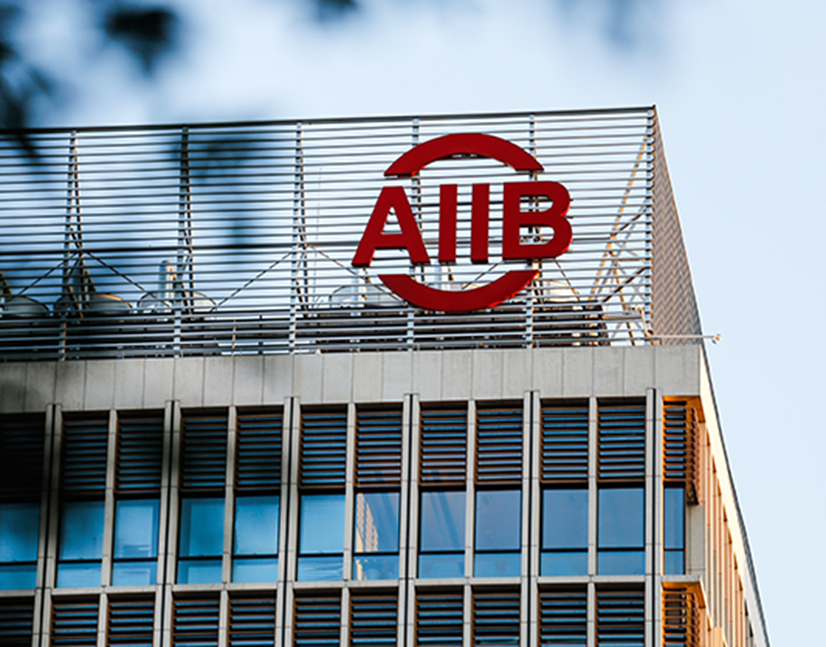
News

Deal sources say AusNet Services’ success in placing a substantial 10-year Australian dollar transaction – with a significant oversubscription and minimal new-issue concession – reflects borrower specifics and momentum in the execution process rather than a widespread positive corporate issuance tone. A large bid from Asia drove the outcome but investors generally remain highly selective.

Australian Postal Corporation priced the domestic market’s first sustainability bond from a corporate credit for more than three years in its own return to capital market issuance, noting a six-month process to prepare the deal. The transaction was the first in a series of deals that made the second half of May more productive for corporate supply in the Australian dollar market.

Issuance by Singaporean banks in the Australian dollar market is already at a record level for a calendar year. The most recent such issuer, OCBC Bank, highlights the strategic importance of its Australian activities and says its links with local investors support its plan to be a regular presence in the market.

The primary focus of sustainable finance has traditionally been climate change mitigation: providing capital to decarbonise the economy and thus, it is hoped, minimise the scale of global heating. But with higher temperatures baked in – and more warming guaranteed to come – swathes of Australia increasingly need financing solutions to respond to climate change that is already here.

Collapsing biodiversity and climate change are intrinsically linked. But climate change alone has been the traditional focus of sustainabile finance. Things are evolving, however, with growing recognition of biodiversity’s importance and the need for capital to take it into account.

At the end of February, BloombergNEF published its first Financing the Transition: Energy Supply Investment and Bank Financing Activity report. It found significant differences between banks in the ratio of funding they are providing to renewable energy relative to their fossil-fuel commitments – including within the Australian big four.

Participants in the New Zealand securitisation market believe the asset class has an increasing role to play in the local credit landscape on the back of growing momentum in recent years. Economic and regulatory challenges are likely to put a ceiling on near-term growth but there is a baseline level of confidence in asset quality and the risk-return equation of structured finance.

In the wake of the Australian federal government’s long-awaited decision to initiate the process toward the issuance of sovereign sustainability bonds, KangaNews surveyed local investors on what they want to see from a sovereign green-bond programme. The answers – and further detail provided by some buy-side accounts – show what the Australian Office of Financial Management may need to consider as it ramps up its preparation.

The publication of the 2023 Fitch Ratings-KangaNews Fixed Income Investor Sentiment Survey marks the 10th anniversary of this unique insight into the thinking of the Australian buy side. With a decade of data history now available, KangaNews has reviewed outcomes from across the years to identify trends and preferences that only emerge over time.

Asian Infrastructure Investment Bank says its new theme bond – which it debuted in the Australian market on 10 May – highlights its commitment to financing climate-resilient infrastructure. The bank issued a A$500 million (US$335.3 million) Climate Adaptation Bond, which is also the first theme bond under its Sustainable Development Bond Framework.

National Australia Bank set a new record in its domestic market on 4 May with a A$5.25 billion senior-unsecured deal. The issuer says the transaction – the largest-ever Australian dollar deal by a bank – demonstrates a scale, and quality, of demand that likely represents a degree of system growth.

ANZ Banking Group printed what it believes is the world’s first “national champion bank” tier-two benchmark deal after the Silicon Valley Bank crisis on 8 May. It attracted a predominantly domestic real-money book in another demonstration of this investor base’s preference for tier-two as its higher-yielding credit asset of choice.
